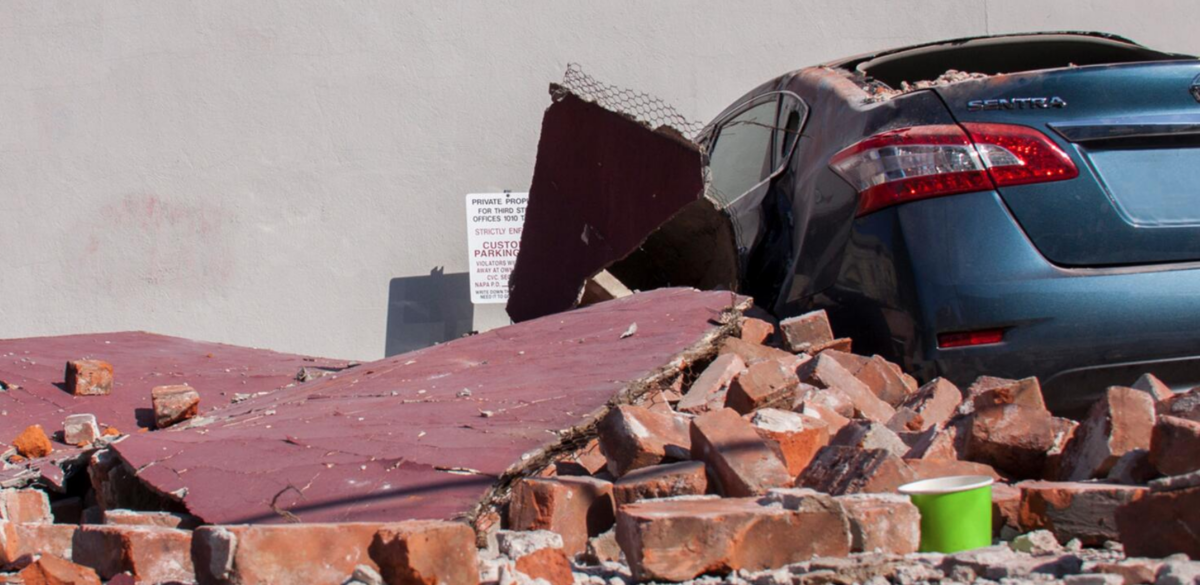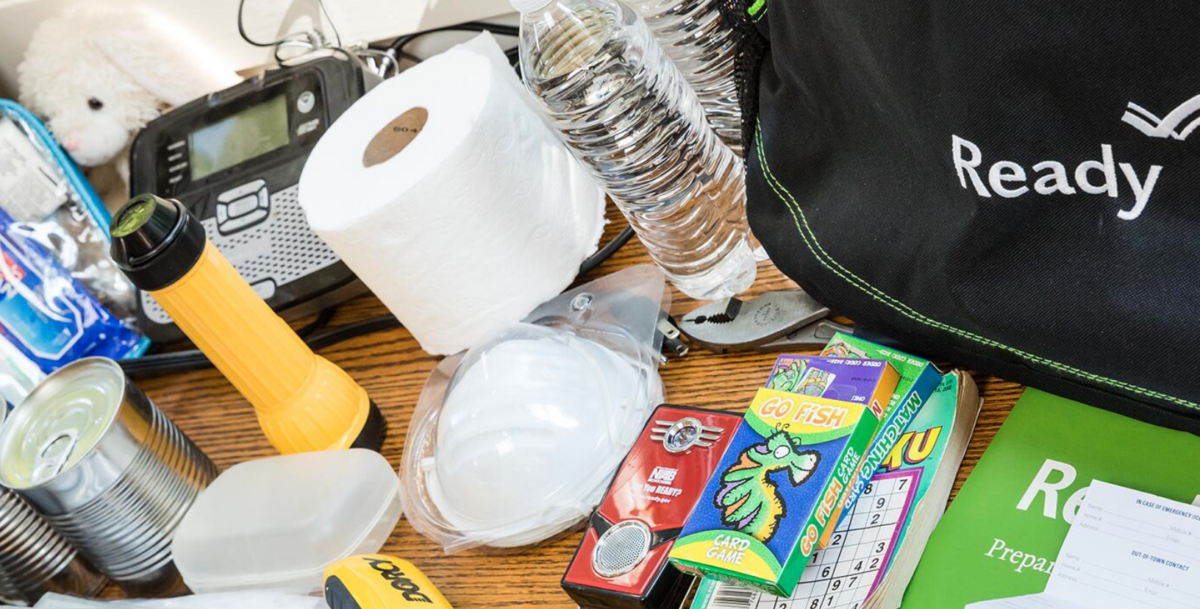Are you ready for an earthquake? Here’s how to be prepared

Ready.gov offers tips for planning ahead and taking action if necessary. Photo from Ready.gov
LOS ANGELES – A strong earthquake centered near Malibu with a magnitude of 4.6 gave a jarring shake to much of the Southland on Friday. It was the second quake in the area in a week’s span.
On the same day, a magnitude 5.7 earthquake struck Mauna Loa, the world’s largest active volcano, on the Big Island of Hawaii.
Officials have urged residents to prepare for the next major earthquake. Ready.gov offers tips for planning ahead and taking action if necessary.
Practice “Drop, Cover and Hold On” with family and coworkers.
Make an Emergency Plan: Create a family emergency communications plan that has an out-of-state contact. Plan where to meet if you get separated. Make a supply kit that includes enough food and water for several days, a flashlight, a fire extinguisher and a whistle.
Being prepared allows you to avoid unnecessary excursions and to address minor medical issues at home, alleviating the burden on urgent care centers and hospitals.
Remember that not everyone can afford to respond by stocking up on necessities. For those who can afford it, make essential purchases and slowly build up supplies.

Make a supply kit that includes enough food and water for several days, a flashlight, a fire extinguisher and a whistle. Photo from Ready.gov
Protect Your Home: Secure heavy items in your home like bookcases, refrigerators, water heaters, televisions and objects that hang on walls. Store heavy and breakable objects on low shelves.
Consider making improvements to your building to fix structural issues that could cause your building to collapse during an earthquake.
Consider obtaining an earthquake insurance policy. A standard homeowner’s insurance policy does not cover earthquake damage.
Ready.gov preparedness tips in Tagalog are available here.
Here’s a list of resources for earthquake preparedness:
- The Red Cross offers advice on what to do before, during and after an earthquake. You can download their free emergency App in the Apple Store or Google Play.
- The US Geological Survey (USGS) provides an extensive list of resources for earthquake preparedness and response, including handbooks for earthquake-prone regions of the US.
- The California Office of Emergency Services (CalOES) shows Californians how to participate in drills to prepare for large earthquakes and provides educational materials on natural disasters.
- You can visit My Hazards to see if you live or work in an area prone to earthquakes.

